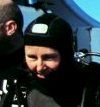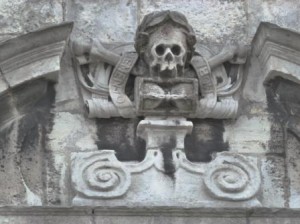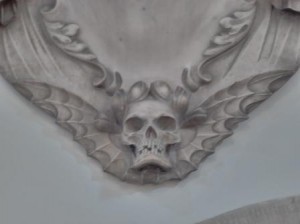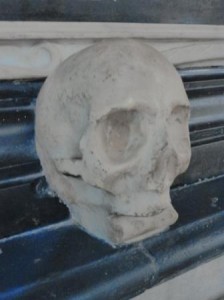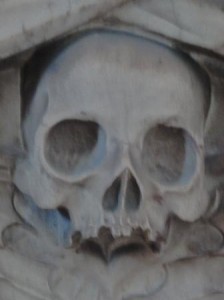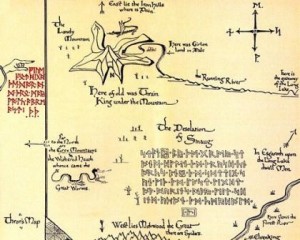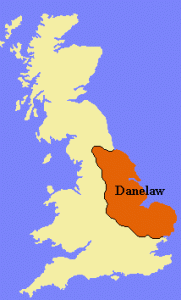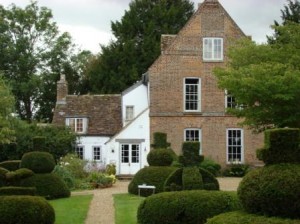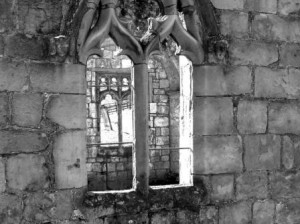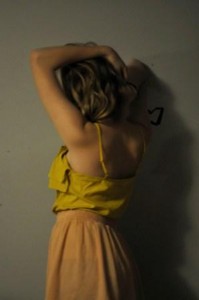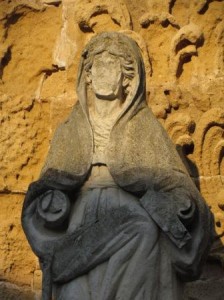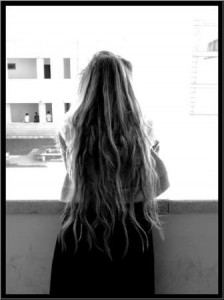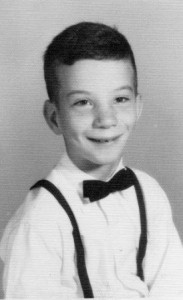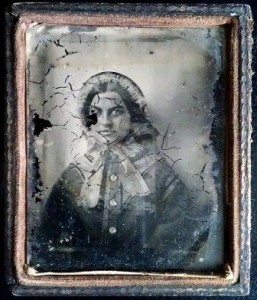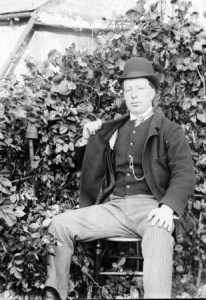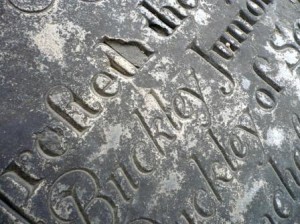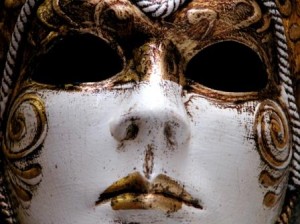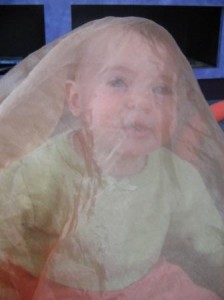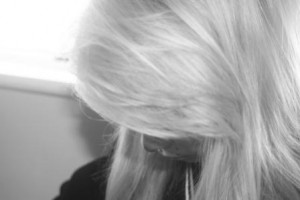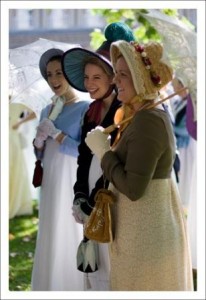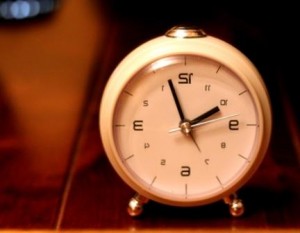‘It is by acts, and not by ideas, that people live.’Anatole France
I asked my youngest son what I should write on my blog today; he said ‘character research – where do they come from, how do you make them seem real?’
This surprised me – but led to an interesting train of thought.
It has to be said he has always had high E.Q. and was an excellent actor at school, so I should not have been startled at his focus in writing. He made me think about the various ways I could approach creating my characters, and the implications of these.
Observation
– the obvious source of behaviour. but it comes with several reservations.

Spy video camera by Emilian Robert Vicol
There is the morality of my ‘using’ family and friends for a start: I could hurt people’s feelings; inadvertently divulge secrets or embarrass them. As for strangers and acquaintances, well, it’s not good to stare and note-making is a bit obvious ( my memory isn’t that good).
Syncretion
I could blend people together; a kind of character pic ‘n’ mix. There are gestures, tics and idioms of different people I could combine. If I make them diverse enough, I might avoid offending any one person.

Gaudi’s trencardis lizard at Parc Guell – by Richard Uzermans
That seems cowardly as a motivation, and the result likely to seem artificial without a great deal of care. Actual behaviour – now that’s another thing. Translating action I have seen from one person to illuminate a single aspect of my character – that appears more honest.
Invention
‘Just make it up’ – that feels like a valid way to get on with it and avoid procrastination too. Let the back of my mind do the work; watch what my characters do and say in my imagination and write it down.
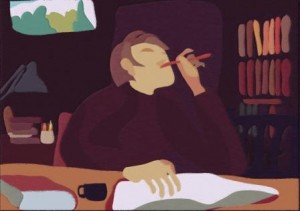
Cartoon writer created by Joan M.Mas
I have to acknowledge the inevitable influence of what I’ve read ( not to mention seen in films and heard on the radio). I recognise there’s a danger of resorting to cliché and stereotype too. But it is all the more reason to read widely – and I find non-fiction and biographies have much for me to absorb.
Creation
I need to acknowledge that whatever approach I take, it is filtered through my perceptions.No matter how hard I might try to be a disinterested observer, it’s still me on the page in one way or another. This is where multiple personality is not a disorder.
I get to try out different selves, live more lives than one and let rip with my inner actress. The characters that live are those with most authenticity: they are a part of me. So I have to be honest and accept that the bitter, vengeful Celia in The Wedding Ghost is as much ‘me’ as the courageous Lorna in The Seal People of Scoresby Nab.
That’s quite a thought.

Mirror in New Orleans by Scott E.
I’ll finish with a quotation from Beryl Bainbridge:
‘When I write a novel I’m writing about my own life; I’m writing a biography almost always. ‘

